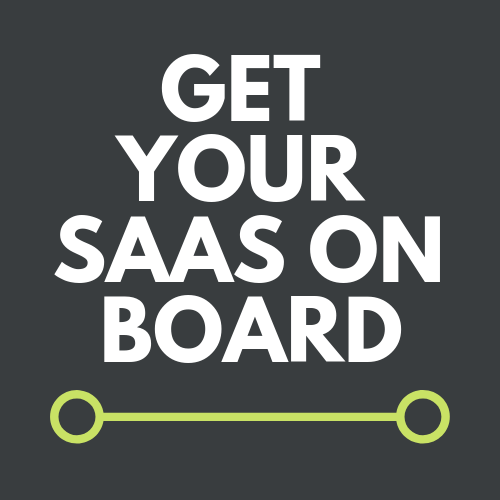Time-Based vs. Action-Based Onboarding Emails
Is it better to let an onboarding series run its course, or wait for a trial user to act?
I often use this space to explore entire onboarding sequences in great detail. I call these email breakdowns, and the process typically goes like this:
I sign up for a free trial with a SaaS
I let the emails trickle in over the next 14- or 30-days (plus winback time)
I record and analyze the emails and send them out to the world
While it’s possible some of the series I’ve received could have triggered emails, I stay very hands-off in order to capture a baseline. I figure the test is “cleaner” if I don’t mess with it at all.
However, I started to get a few questions about time-based versus action-based onboarding. Such as which is best?
The answer will likely always be “it depends.” Done is always best, and there are ways to make the best of what you have currently. Nonetheless, I thought it would be interesting to explore each type.
Time-Based Onboarding Sequences
A “time-based” sequence, or autoresponder series, sends emails based on the passing of time. There’s an initial trigger from the user signing up for a free trial/joining a list/ etc., but after that, there is a pre-defined send time and day for each email.
Pros
This is the simplest type of sequence to set up
Fewer emails are needed — you don’t have to create many versions of an email to send while waiting for a user to take an action
It’s easier to A/B test subject lines and content to optimize when everyone is receiving all of the same emails
Cons
This is the least-customized type of sequence
It’s possible you’ll send redundant info to a user who has already taken a particular step
A new user may skip a few critical actions during onboarding if they miss a particular email
Best Practices
Choose a few critical user actions and features to highlight. Resist the urge to show off as many features as possible!
Don’t just show off features — explain how users can leverage them for results. This includes use cases, case studies, and additional content/resources
Keep CTA buttons clear and easy to act on
Example Sequences
Shopify Onboarding Email Breakdown
FreshBooks Onboarding Email Breakdown
Mint Onboarding Email Breakdown
Additional Resources
Free Guide What to Include in a 14-Day Onboarding Email Series (And When to Send Each Email)
13 Email Workflows You Should be Using in Your Marketing Automation
Action-Based Onboarding Sequences
The second type of onboarding email sequence is driven forward by user interaction instead of the passage of time. So it’s possible for engaged users to see the entire series in less time, or for disengaged users to never get past the first few emails. These are also referred to as “triggered” sequences.
Pros
The series is customized for each user and feels more relevant
Users get information as they are ready for it
Triggered emails may have higher open rates than regular marketing emails
Cons
More complex setup and maintenance
Likely need to create more emails, which also means more maintenance and testing
Users may miss out on an email that may have resonated with them had it been sent based on time passing
Best Practices
Test new angles and messaging to encourage a user to take a single action
Use different information formats to test what works best for each user
Stay extremely organized and clearly document all testing/learnings
Example Sequences
SurveyMonkey Onboarding Email Sequence
Additional Resources
5 Types of Trigger Emails You Can Use to Nurture Customers Throughout the Buyer’s Journey
8 Triggered Email Campaigns You Can Send to Boost Engagement
Do you have data or examples from a single SaaS to support the use of timed vs. triggered email onboarding? I’d love to hear about your experiences — send me an email at steph@stephknapp.com
Ready to create or upgrade your SaaS onboarding email series? Download What to Include in a 14-Day Onboarding Email Series (And When to Send Each Email) here.










I compared 153 SaaS email subject lines to find common themes, best practices, and style choices.